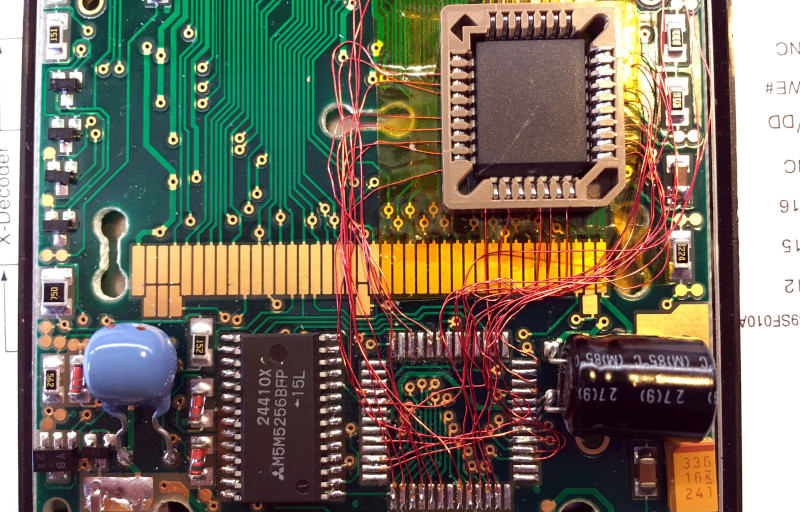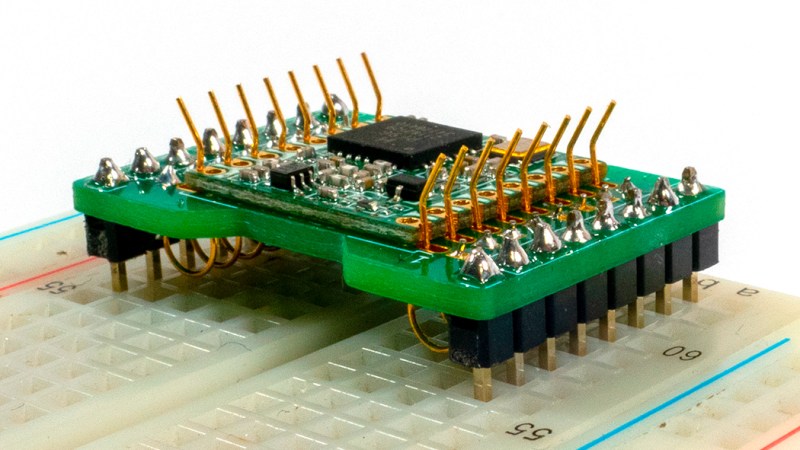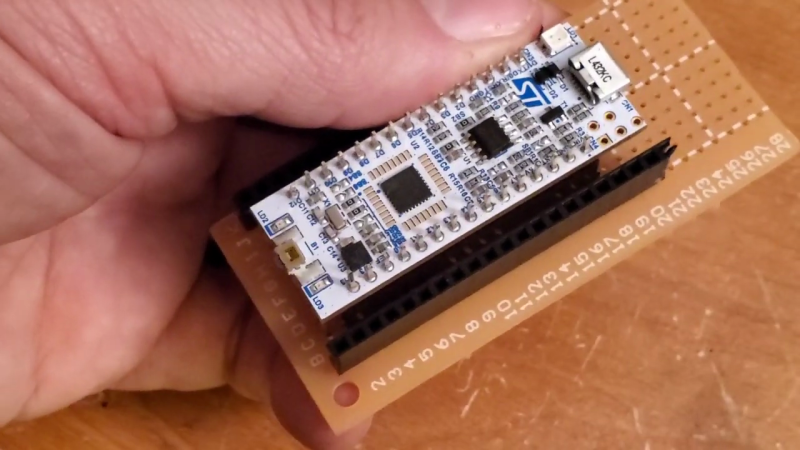Blame It on the Sockets: Forensic Analysis of the Arecibo Collapse

Nearly three years after the rapid unplanned disassembly of the Arecibo radio telescope, we finally have a culprit in the collapse: bad sockets. In case you somehow missed it, back …read more Continue reading Blame It on the Sockets: Forensic Analysis of the Arecibo Collapse


